Your Green Journey Starts Here:
Discover Our Products
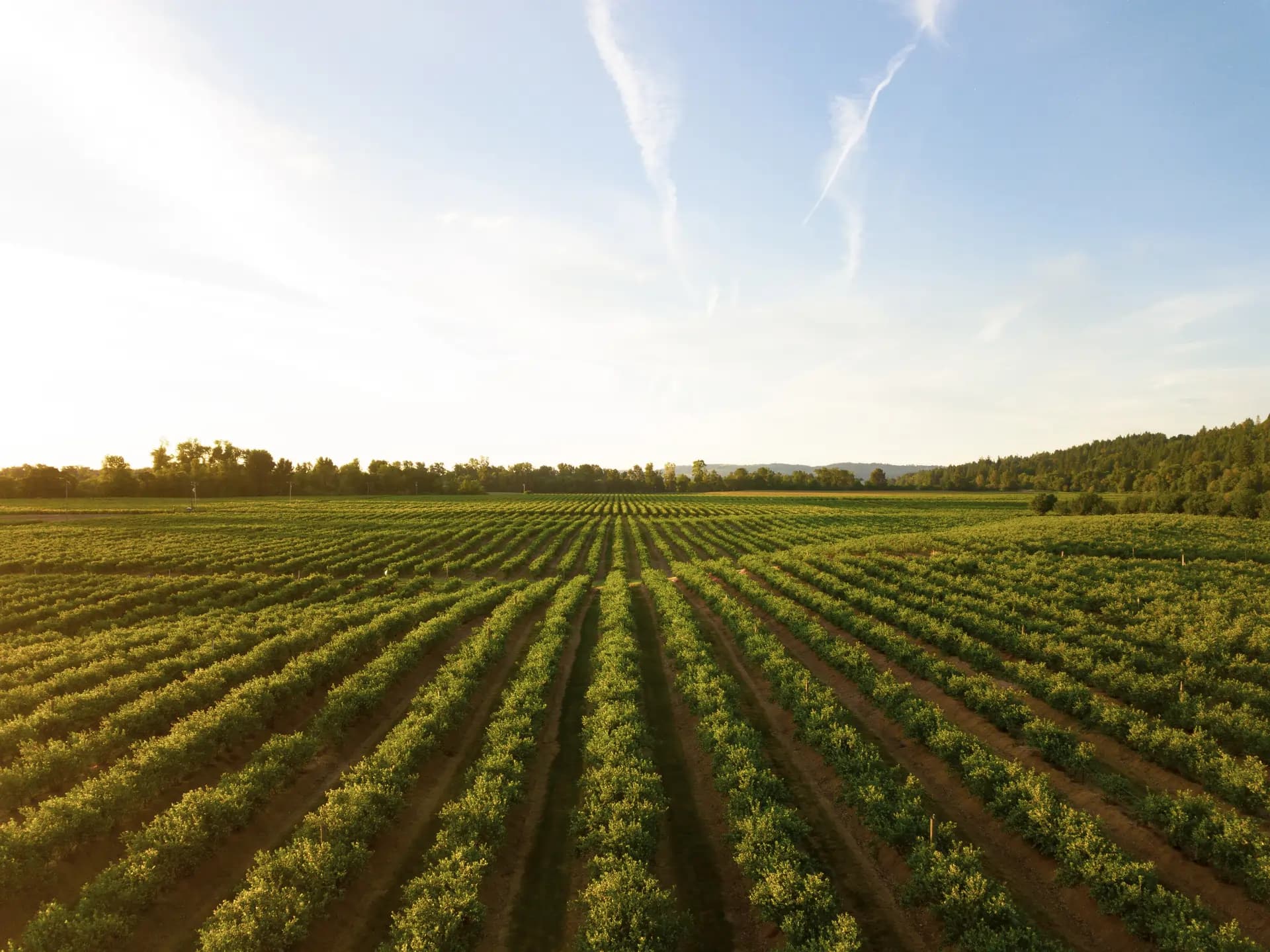
Raw Materials
Feedstock for Biomass Briquettes and Pellets
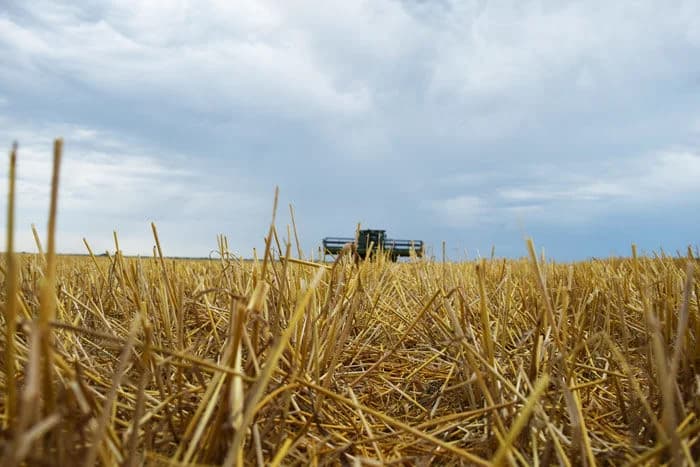
Crop Residue
Stalks straw and leaves from crops such as wheat, rice, and maize
01
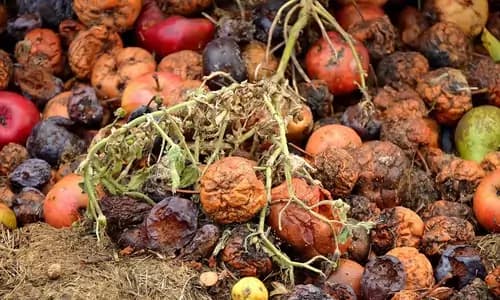
Fruit and Vegetable Waste
Agriculture waste from fruit and vegetable production, such as peels, seeds, and pulp
02
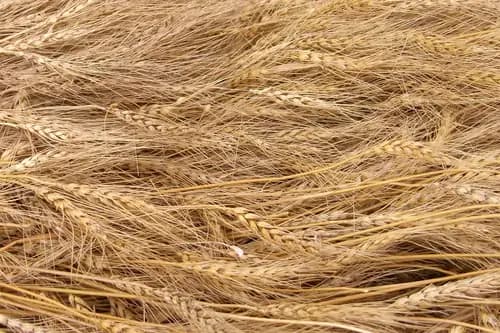
Grass and Weeds
Stalks, straw, and leaves from crops such as wheat, rice, and maize
03
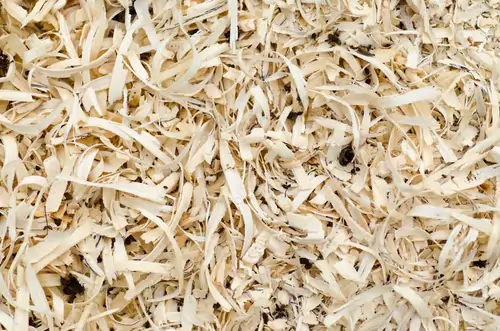
Wood Waste
Wood chips and sawdust from logging, sawmills and furniture production
04
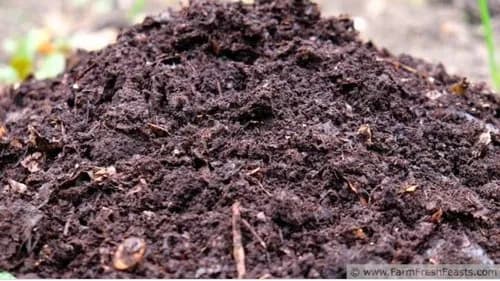
Animal Waste
Agriculture waste such as poultry litter and cow manure
05
Machinery
Converting waste materials into energy
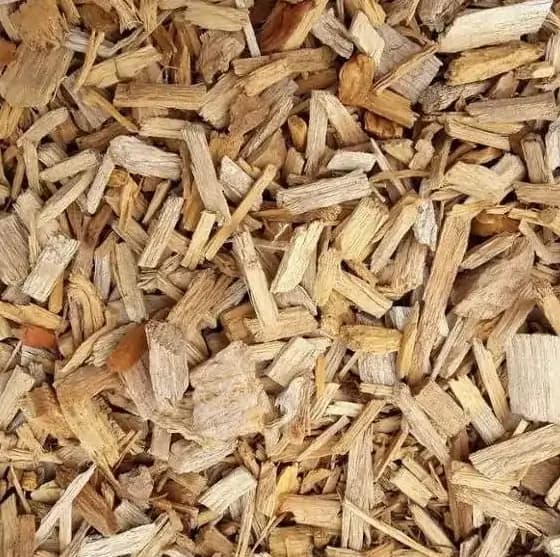
Raw Material Preparation
The first step is to collect and prepare the raw material. This involves sorting, cleaning, and drying the material to remove impurities an excess moisture.
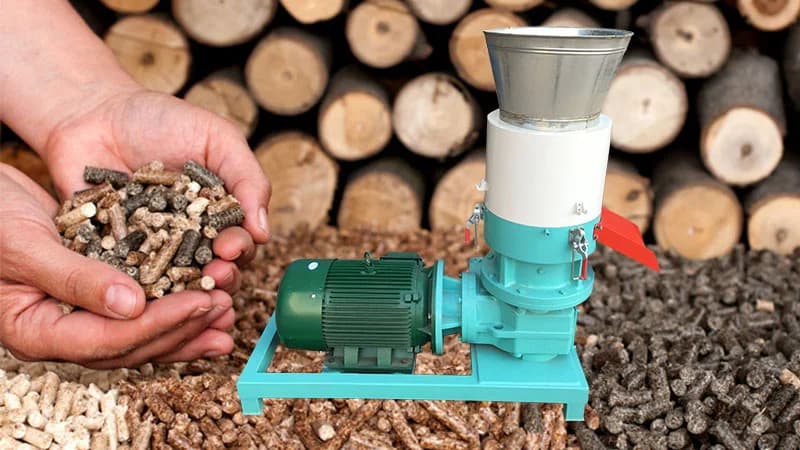
Size Reduction
The next step is to reduce the size of the material to a consistent and uniform size, which is typically done using a hammer mill or a chipping machine.
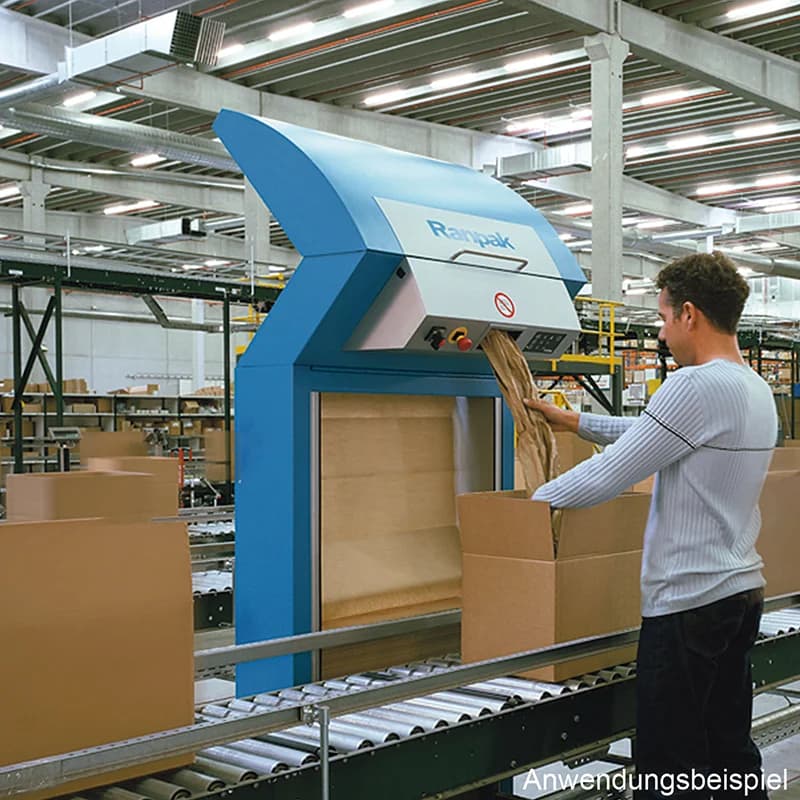
Cooling and Packaging
Once the briquettes or pellets are formed, they need to be cooled to room temperature to harden and stabilize them. They can then be packaged for distribution and storage.
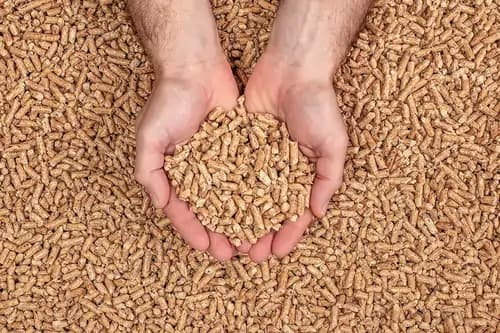
Densification
The densification process involves compressing the raw material into briquettes or pellets using a biomass briquette or pellet machine.
Our Products
Renewable, Carbon Neutral, with reduced greenhouse gas emissions
The density of biomass briquettes is an important factor in determining its combustion efficiency. We, at natural fuels and minerals make sure that the quality of biomass has reduced moisture content of the raw materials by using an efficient type of biomass press press and by diligently maintaining the pressure and temperature during the compression process. We take utmost precaution in storing the biomass briquettes and pellets to prevent damage and maintain their quality.
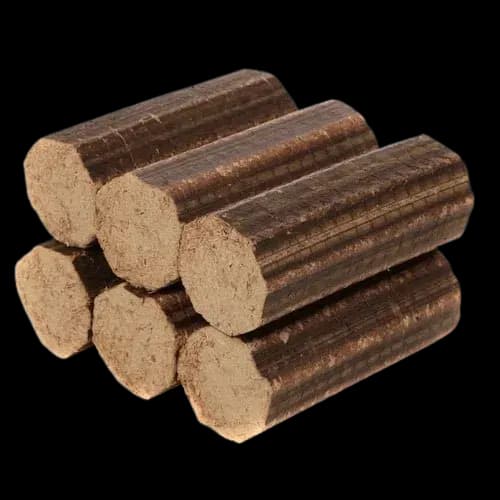
BRIQUETTES
cylindrical shaped and size from 60-90mm
Biomass briquettes are a type of fuel made from agricultural and forestry waste by compacting the waste material under high pressure without using any binders. The resulting briquettes have a higher energy density than the original waste material and can be used as a renewable fuel source which burns for longer periods of time. The briquette-making process involves shredding the raw materials, drying them, and compressing them using a briquette press.
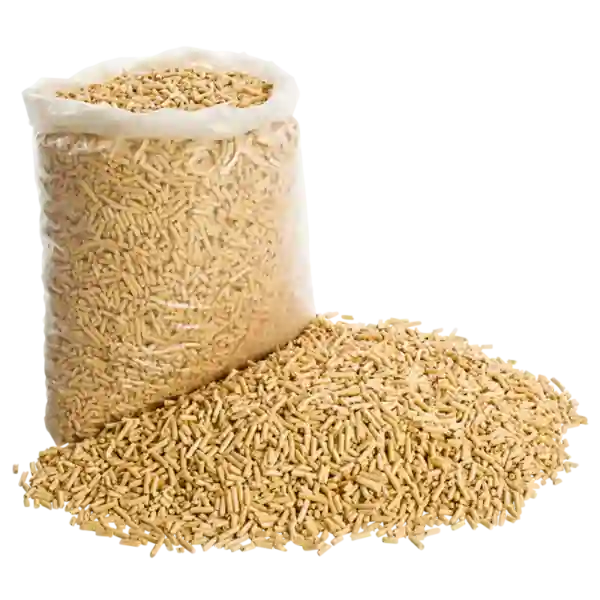
PELLETS
6-18mm in size
pellets are made from compressed biomass material such as sawdust, wood shavings, agricultural waste, or other organic materials. The appearance of biomass pellets can vary depending on the feedstock used, with a smooth surface and a shiny, dark brown color. Biomass pellets are denser and more uniform in size and shape compared to biomass briquettes, which makes them easier to trans- port and store. Our pellets have high energy density and low moisture content which makes them an efficient and sustainable alternative to fossil fuels.